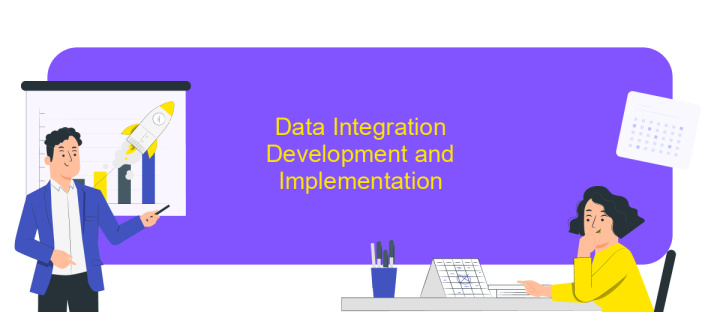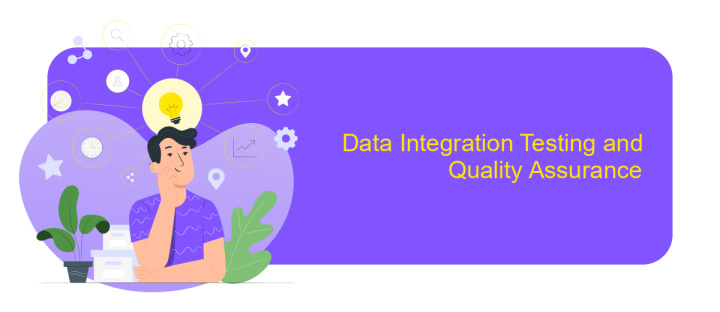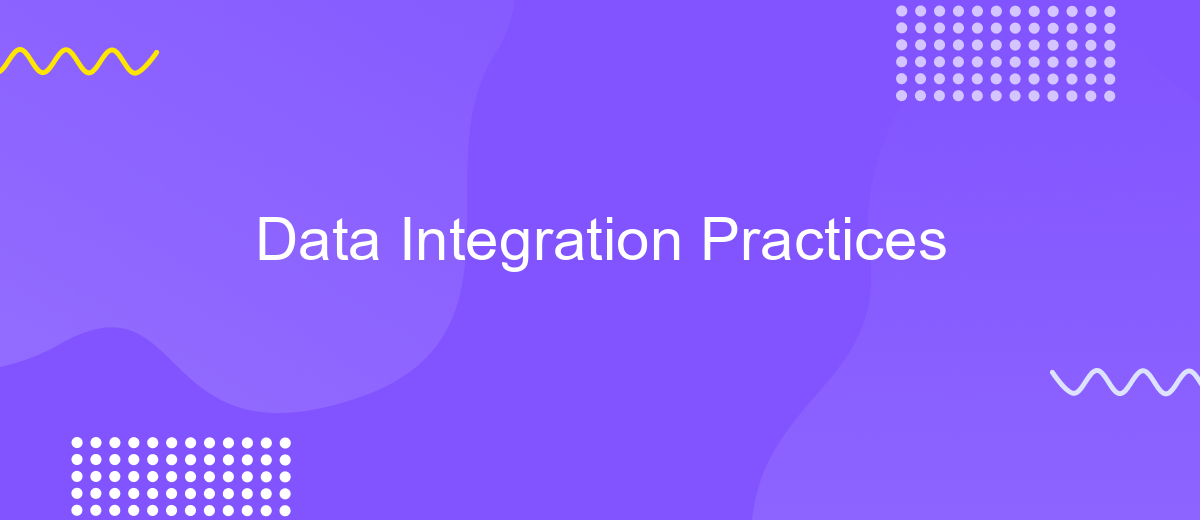Data Integration Practices
Data integration is a critical component in the modern digital landscape, enabling organizations to consolidate information from diverse sources into a cohesive and accessible format. By streamlining data flows and ensuring consistency, businesses can enhance decision-making processes, improve operational efficiency, and drive innovation. This article explores best practices in data integration, highlighting key strategies and tools that facilitate seamless data unification and maximize value from information assets.
Understanding Data Integration Needs and Objectives
Data integration is a critical process for organizations aiming to harness the full potential of their data assets. Understanding the specific needs and objectives of data integration is essential to ensure that the process aligns with business goals and delivers value. This involves identifying the sources of data, the types of data involved, and the business processes that rely on integrated data.
- Identify key data sources and their formats.
- Determine the frequency and volume of data updates.
- Clarify the business processes that depend on integrated data.
- Define data quality standards and compliance requirements.
- Establish objectives for data integration, such as real-time access or improved analytics.
By thoroughly understanding these needs and objectives, organizations can design a data integration strategy that not only meets current requirements but also scales with future demands. This strategic approach ensures that data integration efforts are efficient, cost-effective, and aligned with the overall business strategy, ultimately leading to better decision-making and competitive advantage.
Data Integration Architecture and Design

Data integration architecture and design play a pivotal role in ensuring seamless data flow across diverse systems. A well-structured architecture facilitates efficient data exchange, minimizes redundancy, and enhances data quality. The design process begins with understanding the specific data requirements and the existing IT infrastructure. Key components such as data sources, integration layers, and data consumers must be clearly defined. Employing scalable and flexible integration patterns like ETL (Extract, Transform, Load) and real-time streaming ensures adaptability to evolving business needs. Furthermore, attention to data governance, security, and compliance is crucial to safeguard sensitive information and maintain regulatory standards.
Incorporating advanced integration platforms like ApiX-Drive can significantly streamline the integration process. ApiX-Drive offers a user-friendly interface to automate data workflows across various applications, reducing manual intervention and errors. Its ability to connect disparate systems without extensive coding makes it an ideal choice for businesses seeking efficient data integration solutions. By leveraging such tools, organizations can achieve faster implementation times and maintain a competitive edge through enhanced data accessibility and insights. Ultimately, a robust data integration architecture and design empower businesses to harness the full potential of their data assets.
Data Integration Development and Implementation

Data integration development and implementation are crucial processes in ensuring seamless data flow across various systems within an organization. The development phase involves designing a robust architecture that caters to the specific needs of the organization, considering factors such as data volume, velocity, and variety. This stage requires careful planning and selection of appropriate tools and technologies to facilitate efficient data integration.
- Identify data sources and destinations.
- Design the data integration architecture.
- Select suitable data integration tools and technologies.
- Develop data transformation and cleansing processes.
- Implement data integration workflows and pipelines.
- Test and validate data integration processes.
- Monitor and maintain data integration systems.
Once the development phase is complete, the implementation phase focuses on deploying the integration solutions into the production environment. This involves setting up necessary infrastructure, configuring systems, and ensuring security and compliance standards are met. Continuous monitoring and optimization are essential to address any issues that arise and to adapt to changing business requirements. Successful implementation leads to improved data accessibility, quality, and insights, driving better decision-making within the organization.
Data Integration Testing and Quality Assurance

Data integration testing and quality assurance are critical components in ensuring that integrated systems function seamlessly and accurately. Testing verifies that data flows correctly between systems, maintaining integrity and consistency. This process involves validating data mappings, transformations, and ensuring that data is loaded accurately into target systems.
Quality assurance in data integration focuses on identifying and rectifying errors before they impact business operations. It involves a series of checks and balances to ensure that the integrated data meets the required standards for accuracy, completeness, and reliability.
- Data Validation: Ensures that data is accurate and conforms to predefined rules.
- Data Consistency: Checks that data remains consistent across different systems.
- Data Completeness: Verifies that all necessary data is present and accounted for.
- Error Handling: Identifies and resolves errors in data integration processes.
Implementing robust data integration testing and quality assurance practices helps organizations minimize risks associated with data inaccuracies. By prioritizing these practices, companies can enhance their decision-making capabilities, improve operational efficiency, and maintain trust in their data-driven strategies.


Data Integration Operations and Maintenance
Effective operations and maintenance of data integration systems are crucial for ensuring seamless data flow and accuracy. Regular monitoring and evaluation of integration processes are essential to identify potential bottlenecks or errors. Implementing automated alerts and notifications can help quickly address issues as they arise, minimizing downtime and data discrepancies. Additionally, maintaining comprehensive documentation of integration workflows and configurations facilitates easier troubleshooting and updates, ensuring that the system remains robust and adaptable to changes.
Utilizing integration platforms like ApiX-Drive can significantly streamline the setup and maintenance of data integration processes. ApiX-Drive provides a user-friendly interface that allows for easy configuration and management of integrations without requiring extensive coding knowledge. This platform supports a wide range of applications and services, enabling organizations to effortlessly connect their data sources. Regularly updating integration tools and staying informed about new features ensures that the data integration system remains efficient and capable of handling evolving business needs. Proper training for staff involved in integration management is also vital to maintain system efficiency and reliability.
FAQ
What is data integration, and why is it important?
What are the common challenges in data integration?
How can automation improve data integration practices?
What are some best practices for successful data integration?
How do you choose the right data integration tool?
Do you want to achieve your goals in business, career and life faster and better? Do it with ApiX-Drive – a tool that will remove a significant part of the routine from workflows and free up additional time to achieve your goals. Test the capabilities of Apix-Drive for free – see for yourself the effectiveness of the tool.

